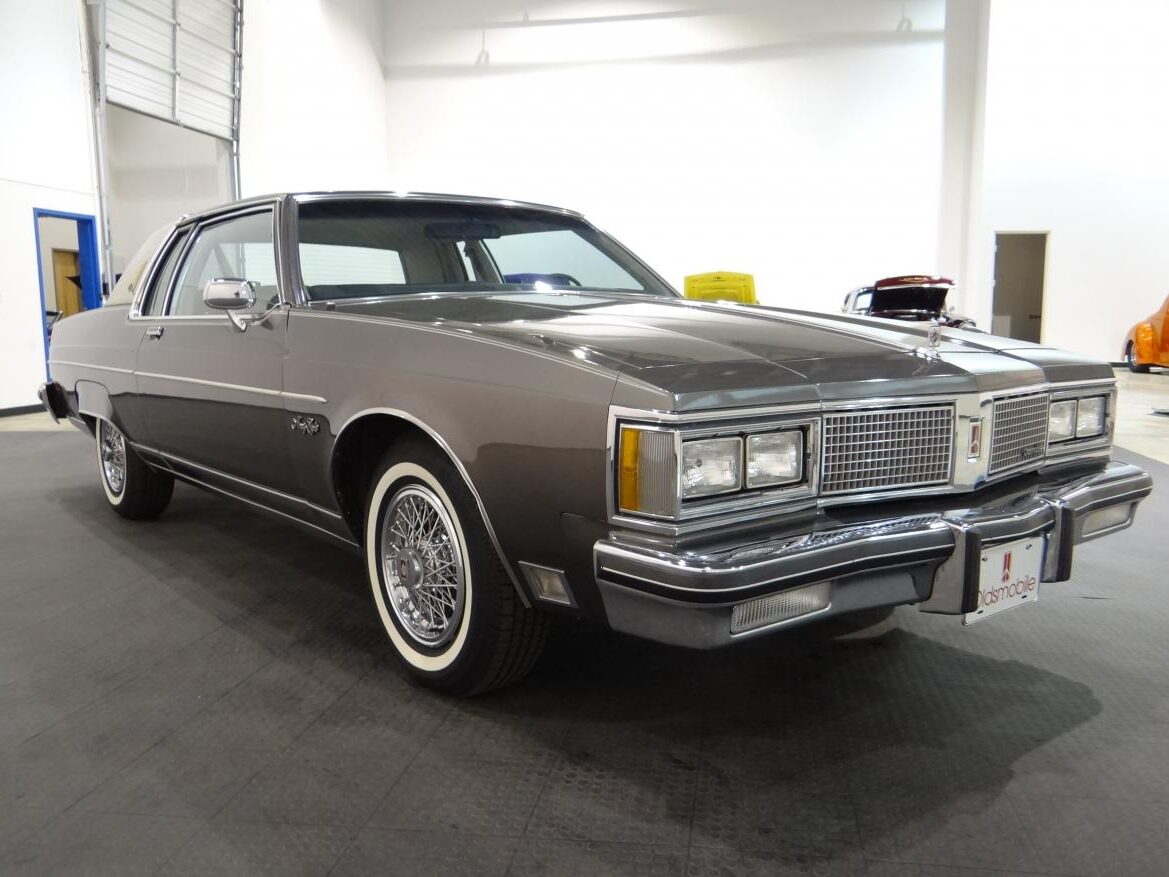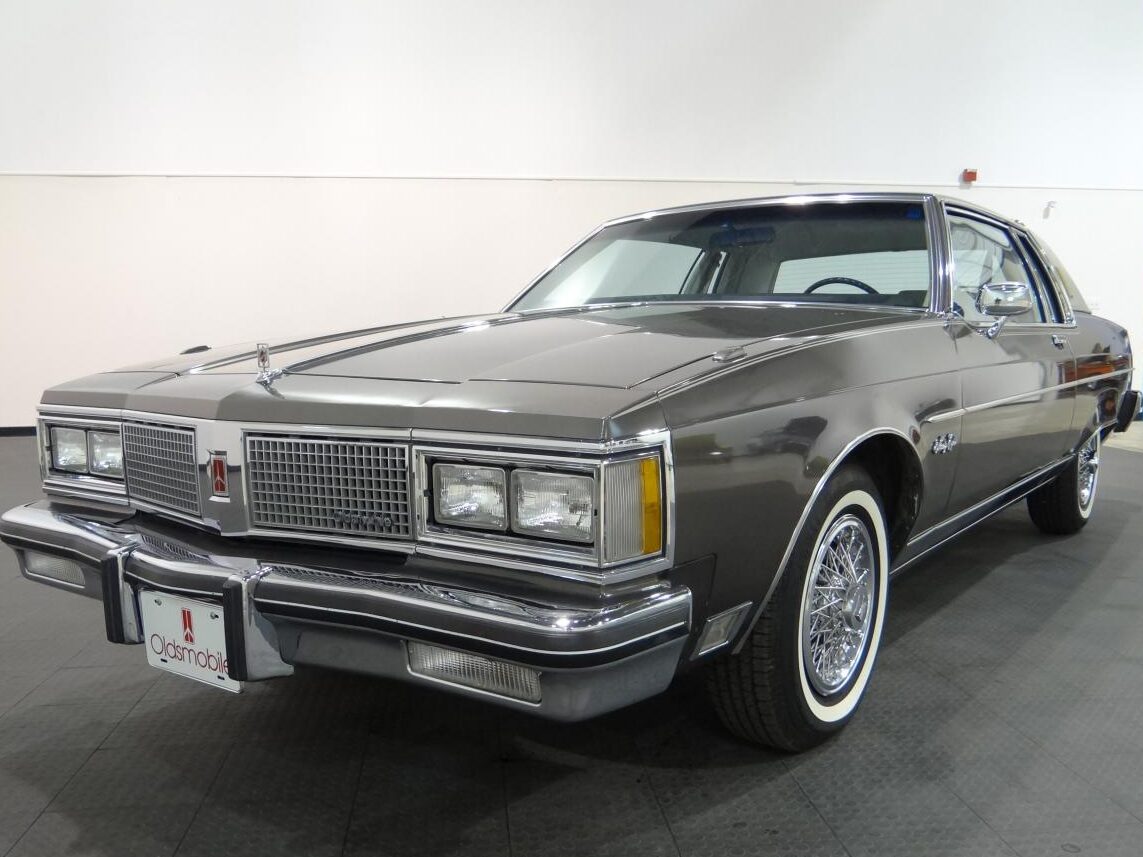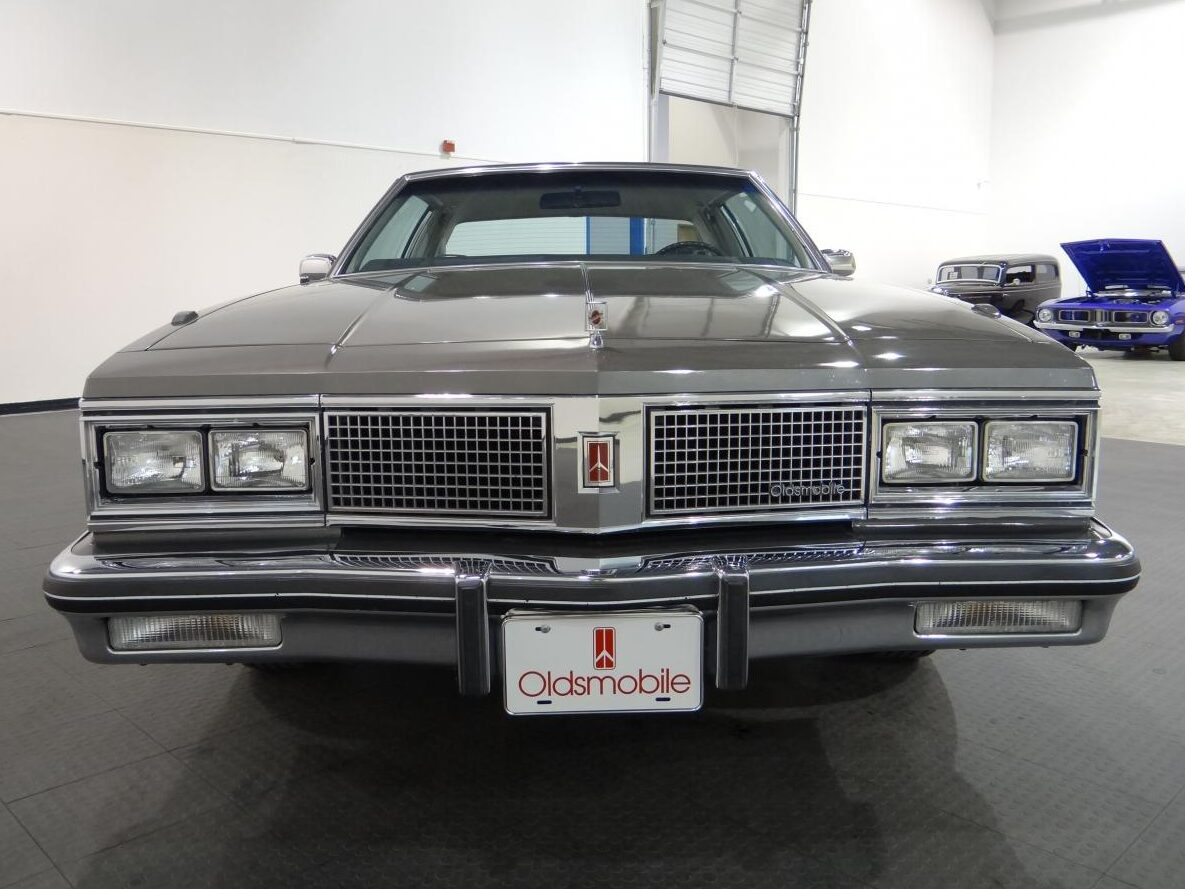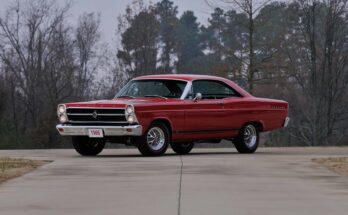The 1983 Oldsmobile Ninety-Eight Regency, part of the tenth generation of Oldsmobile’s flagship full-size sedan, marked a significant point in the model’s production history, reflecting the automotive industry’s response to shifting economic and consumer demands in the early 1980s. Introduced as part of the 1977-1984 lineup, this model year represented the final chapter of the rear-wheel-drive Ninety-Eight before a major redesign shifted it to a front-wheel-drive platform in 1985. Its production was shaped by the aftermath of the 1973 Oil Crisis, which pushed manufacturers like Oldsmobile to prioritize fuel efficiency and lighter designs while retaining the luxury appeal that defined the Ninety-Eight nameplate since 1940.

Production Overview
The 1983 Ninety-Eight Regency was manufactured at Oldsmobile’s assembly plants in Lansing, Michigan, and Linden, New Jersey, a continuation of the dual-plant strategy used for earlier models. Total production for the Ninety-Eight line in 1983 reached approximately 119,764 units, accounting for about 13% of Oldsmobile’s overall output of 939,157 vehicles that year. This figure included both coupe and sedan variants, with the Regency trim being the top-tier offering. The coupe accounted for 13,816 units, while the sedan and Brougham combined for 105,948 units, indicating a strong preference for the four-door models among buyers seeking luxury and practicality.
Design and Engineering
The tenth-generation Ninety-Eight, launched in 1977, was a response to the oil crisis, featuring a downsized body that shed around 800 pounds compared to its predecessor. The 1983 model retained this lighter design, with a wheelbase of 119 inches and an overall length of 221.1 inches, offering improved interior space despite the reduced footprint. The Regency trim elevated the car with luxurious features such as a fully padded vinyl roof, halogen high-beam headlamps, cornering lamps, locking wire wheel covers, and a tilt steering wheel, appealing to buyers who valued opulence.Engine options reflected the era’s focus on efficiency. The standard powertrain was a 307 cubic-inch (5.0L) Oldsmobile V8, producing 140 horsepower and 240 lb-ft of torque, paired with a four-speed THM 200-4R automatic transmission with overdrive. A rare diesel variant, the 350 cubic-inch (5.7L) Oldsmobile LF9 V8, was also available, catering to those prioritizing fuel economy, though it gained a reputation for reliability issues that soured public perception over time. The shift away from larger engines like the 455 cubic-inch V8, discontinued earlier in the decade, underscored the industry’s pivot to smaller, more economical powerplants.

Production Context
The 1983 model year saw minor updates to the Ninety-Eight line, including refined styling and interior enhancements, as Oldsmobile prepared for the upcoming downsizing in 1985. The Regency’s production was part of a broader trend among American automakers to adapt full-size luxury cars to stricter fuel economy standards and changing consumer tastes, which favored imports and smaller domestic models. Despite these pressures, the Ninety-Eight Regency maintained its status as a symbol of American luxury, with plush velour interiors, power accessories, and ample legroom that rivaled competitors like Cadillac and Buick.Production ceased in March 1984, marking the end of the tenth generation. The transition to the eleventh generation in 1985 brought a front-wheel-drive layout, a shorter 110.8-inch wheelbase, and a switch to a 3.8L V6, signaling a significant departure from the rear-wheel-drive tradition. The 1983 Regency’s output, while substantial, was modest compared to earlier peak years like 1973, when 138,462 units were sold, reflecting a declining market for large luxury sedans.

Legacy and Reception
The 1983 Ninety-Eight Regency is remembered as a well-preserved example of late rear-wheel-drive American luxury, with surviving models often cherished by collectors. Its production run highlighted Oldsmobile’s attempt to balance tradition with modernity, though the diesel option’s mixed reputation and the looming downsizing hinted at challenges ahead. Today, these cars are valued between $5,000 and $20,000 depending on condition, with pristine examples fetching higher prices at auctions. The 1983 model stands as a nostalgic artifact of an era when size and comfort still held sway, even as the industry shifted toward a new automotive landscape.The production of the 1983 Oldsmobile Ninety-Eight Regency reflects a pivotal moment, blending the brand’s storied past with the pragmatic adjustments of a changing market, leaving a lasting imprint on automotive history.


